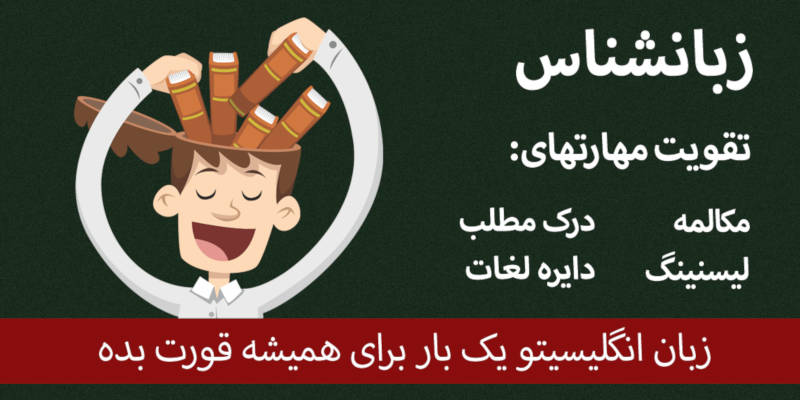سرفصل های مهم
Chapter 10 - 5
توضیح مختصر
- زمان مطالعه 0 دقیقه
- سطح خیلی سخت
دانلود اپلیکیشن «زبانشناس»
فایل صوتی
برای دسترسی به این محتوا بایستی اپلیکیشن زبانشناس را نصب کنید.
ترجمهی درس
متن انگلیسی درس
05 Anthropology
Political Orders
Small societies around the world have various systems of political order that differ greatly from the typical conception of government.
Due to the complexity of modern major nations, government has become similarly complex, consisting of thousands of officials within a single nation.
However, many small societies often do not require the same level of authority.
Such governments can be placed into three categories: band governments, tribe governments, and chiefdoms.
While each has a similar goal of organizing and controlling the behavior of the societies’ inhabitants, each system reflects the social needs of their respective societies.
The political orders of bands exhibit an adaptation to the needs of a mobile society.
A society is generally labeled a band if its primary means of survival involves foraging for wild food in groups of less than 100.
Due to their reliance upon finding food, bands generally do not settle in a single location.
Instead, they move in order to discover new sources of food.
Their societies, then, are not static and well-organized.
This lack of organization is also evident in their political systems.
Generally, bands do not form governments with any sort of hierarchy.
Instead, due to their small size, all members of a group are given a voice in addressing problems.
Since political problems are likely to affect all members of a band, each member may give an opinion on the issue.
Some members may, through charisma or persistence, end up with more of a voice than others, though formal systems of leadership are rarely established.
Similarly, laws are not written in band societies.
Instead, the general consensus that emerges from a discussion becomes the equivalent of societal rule.
An example of such a society can be seen in the Inuit of northern Canada.
To address the issue of an overly aggressive band member, another member visited the other members individually to ask for opinions on the aggressor’s behavior.
When the consensus was reached that the member was a threat to the band as a whole, the agreement acted as authorization for the man to retaliate against the aggressive member.
Tribes can be understood as larger societies that domesticate food sources and generally settle in one place.
Tribes also have no established, full-time governmental body.
However, their larger size makes the system used in bands impractical.
Instead, tribes leave small issues up to families to resolve and form voluntary governmental associations called sodalities to handle larger issues.
These organizations consist of at least one member from most families in the tribe.
While the associations do not have regular meetings, they will convene to address a problem within the community.
Sodalities have two roles in the community: a policing role and a social role.
Members of the sodality will attend to any matters of behavior deemed inappropriate by the members of the society.
For example, a tribe of Plains Indians protected the tribe’s welfare through their enforcement of societal guidelines.
If a hunter accidentally scared away wild game during a hunt, the hunter was likely punished for threatening the tribe’s food supply.
Chiefdoms unite more than one village under a central political figure, called a chief.
In a chiefdom, the villages recognize a chief as the official with the most political power.
However, individual families retain a very similar role to that of a tribe.
In order to properly govern villages that may be far from the chief’s own village, many smaller matters are left to family law, in which relatives from the village decide the result of a familial conflict.
Larger crimes affecting the entire village or even all villages under the chiefdom−require the involvement of government officials, such as the chief, in order to bring about a truly authoritative resolution.
Often, the chief will meet with other appointed village officials to decide the fate of an individual involved in a dispute.
Unlike bands or tribes, the chief has the power to create laws, punish offenders, and wield power over those who are not a part of his or her own family or community.
Chiefs have the power to tax individual villages, regulate the distribution of food and other resources, and draft labor for community building projects.
The Rwala people of the northern Arabian Peninsula structured their societies around chiefs, which they called sheikhs, who governed individual villages.
There was also a central chief, sometimes called a prince, who held power over each of the regional chiefs.
مشارکت کنندگان در این صفحه
تا کنون فردی در بازسازی این صفحه مشارکت نداشته است.
🖊 شما نیز میتوانید برای مشارکت در ترجمهی این صفحه یا اصلاح متن انگلیسی، به این لینک مراجعه بفرمایید.
